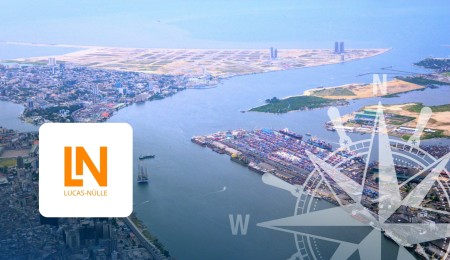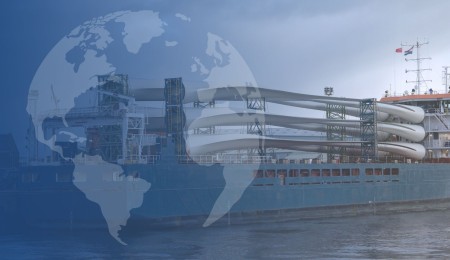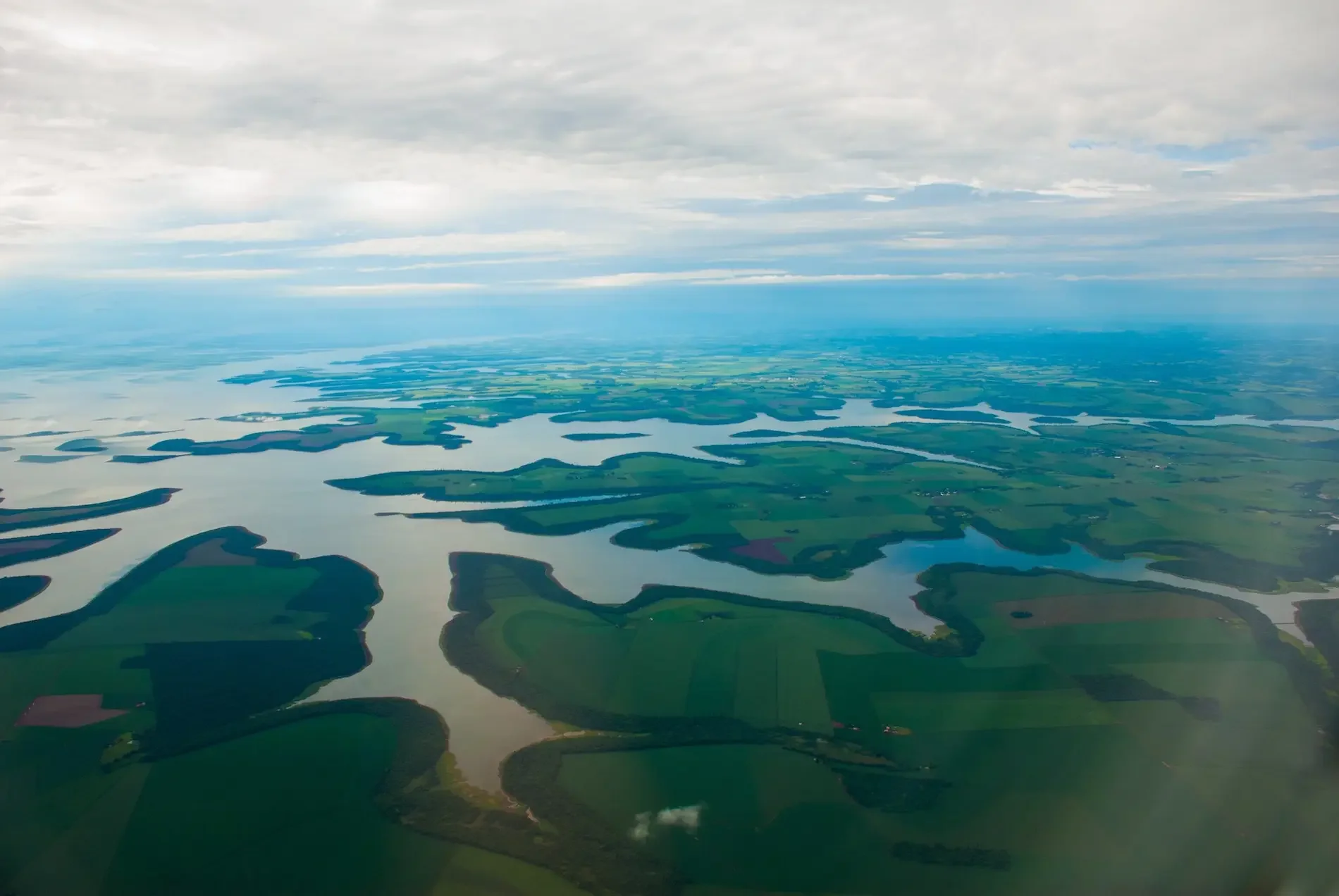
Ein fragiles Gleichgewicht mit weltweiter Bedeutung
When we talk about the Amazon, we are not just talking about a river or an area of forest, but about a complex ecosystem. It has existed for thousands of years and has a significant influence on the balance of our planet. When we look at this immense network of rivers, flora and fauna, we see a living archive of evolution and a vital organ of the earth. The Amazon and its rainforest are also known to play a major role in global climate regulation.
This makes it all the more clear that the drought in the Amazon is not just a temporary weather phenomenon. It has catastrophic consequences for the local flora and fauna as well as for the way of life of the local population that depends on this river system. The extreme drought and the associated ecological changes could possibly also represent a turning point at which the ecosystem suffers irreparable damage - both regionally and globally, with far-reaching consequences.
The mighty Amazon has also always played a key role in the development of global trade. As one of the longest and most water-rich rivers in the world, it forms a lifeline that is crucial for the transportation of goods and raw materials to and from the Amazon region. As is now becoming clear, the ecological role of the Amazon inevitably has a direct impact on the global trade routes of sea freight.
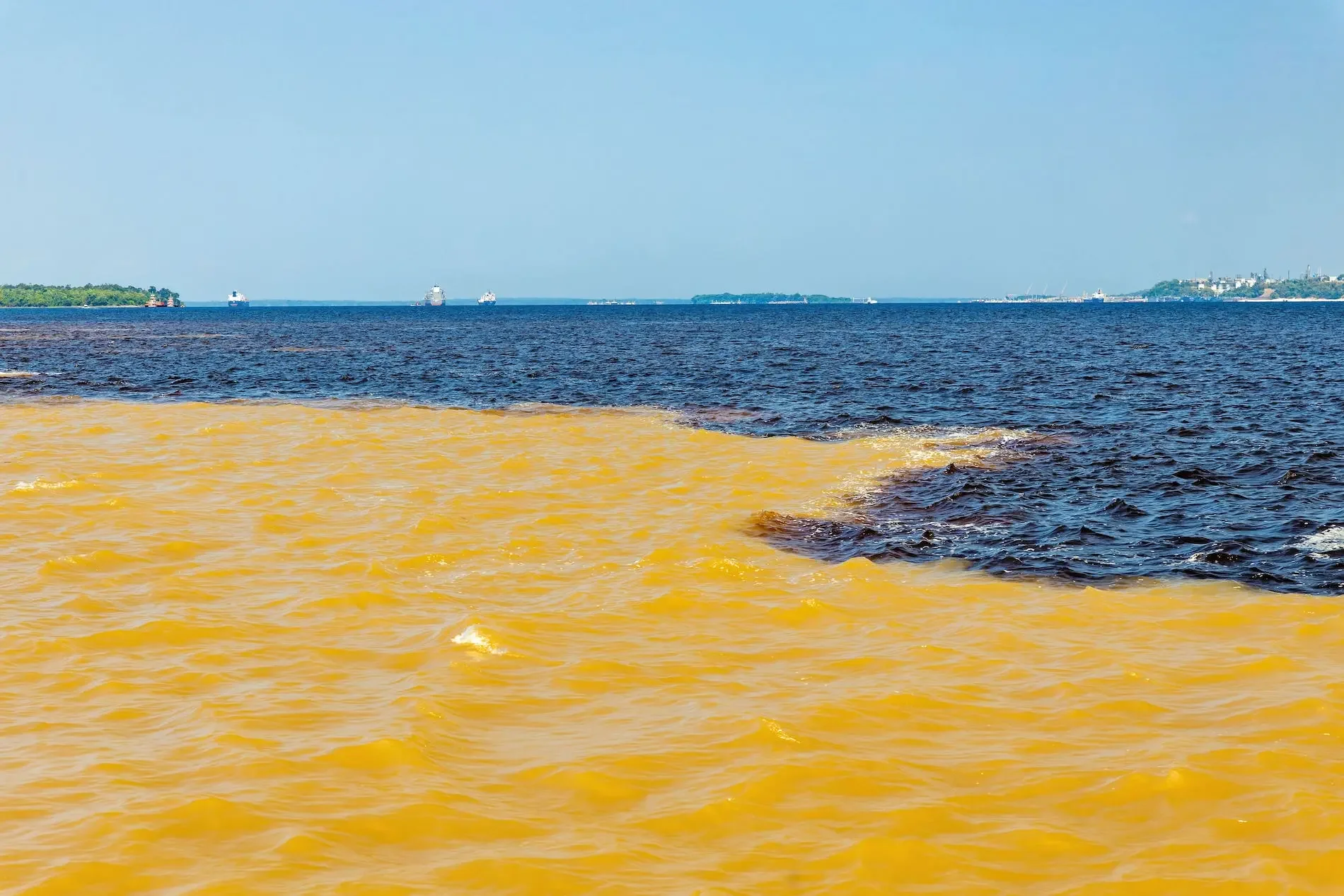
Manaus: An economic artery on the brink of stagnation
Let's turn our attention to Manaus: this city of millions is located deep in the heart of the Amazon basin. Where the Rio Negro and the Amazon flow together, Manaus is home to one of Brazil's most important river ports. Its unique location makes it the central trading point for goods that are transported to or exported from the Amazon region. The port serves as a transshipment point for a wide range of products - from local agricultural produce to international industrial goods.
It goes without saying that the economic importance of the port of Manaus can hardly be overestimated - both for the local economy and for the entire Brazilian trading system. It opens up access to international markets for Brazilian products and is also an important entry point for imports that are necessary for Brazilian industry and consumption. Equipped with modern cargo handling facilities, the Port of Manaus is able to handle a wide range of cargo vessels. These include container, bulk and tanker vessels transporting raw materials, processed products and other essential goods. It also has specialized terminals, warehouses and logistics facilities that enable the efficient handling of cargo traffic.
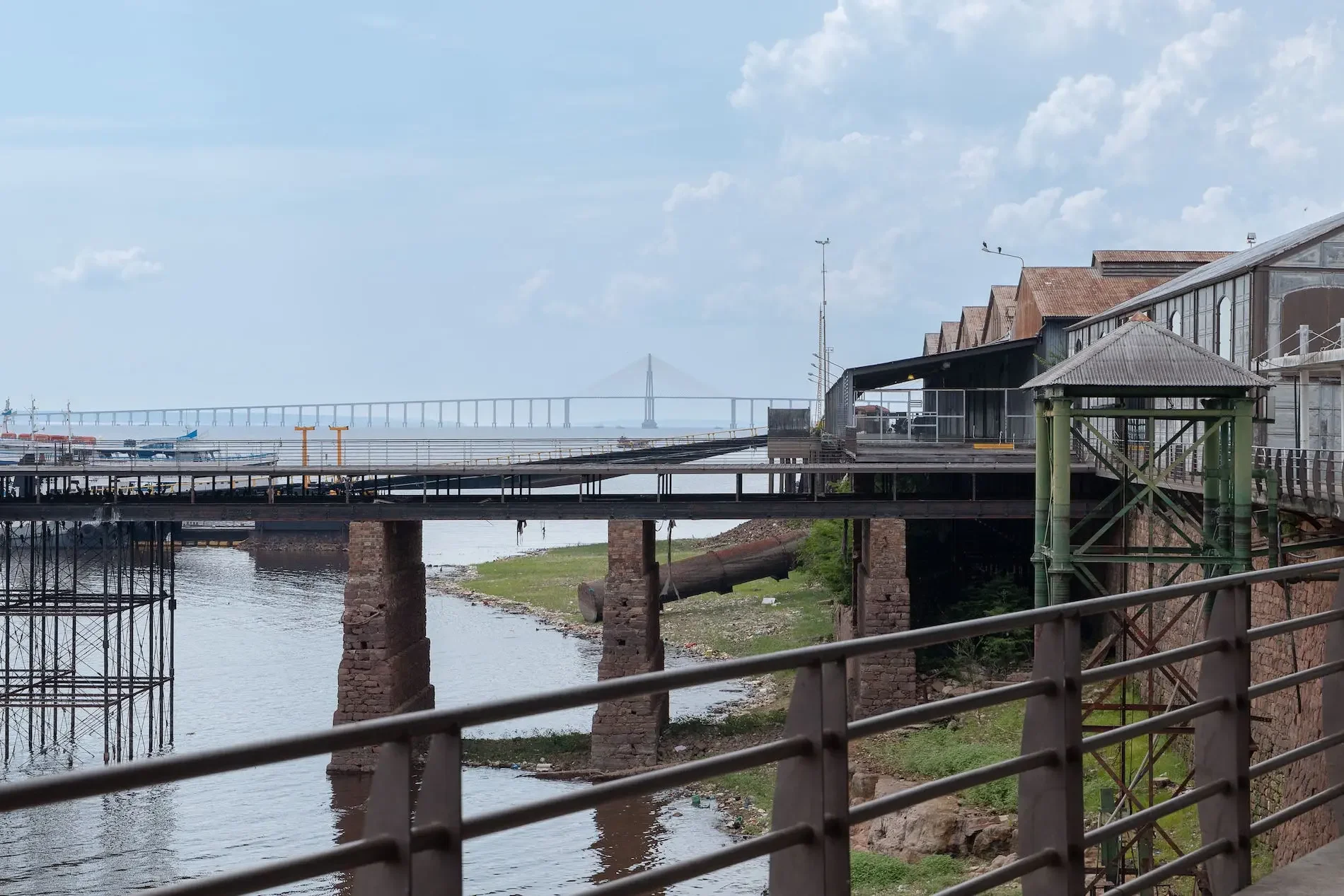
The greatly reduced water levels of the Amazon and its tributaries make access difficult for larger ships and thus impair the operational capacity of the port. In October 2023, the water level in the port of Manaus fell to just 13.5 meters. By comparison, in June 2021, the water level reached its highest level since records began at 30.02 meters. The drought therefore quickly had a far-reaching impact on the entire supply chain, including delays, detour and additional costs.
Challenges like these show that climate-resilient trade routes and adaptive logistics strategies will be all the more important in the future if we want major hubs of local and global logistics to continue to function efficiently. At present, it was “only” alternative routes and transportation methods that were used to maintain supply chains. In the long term, however, the global logistics industry will be forced to rethink.
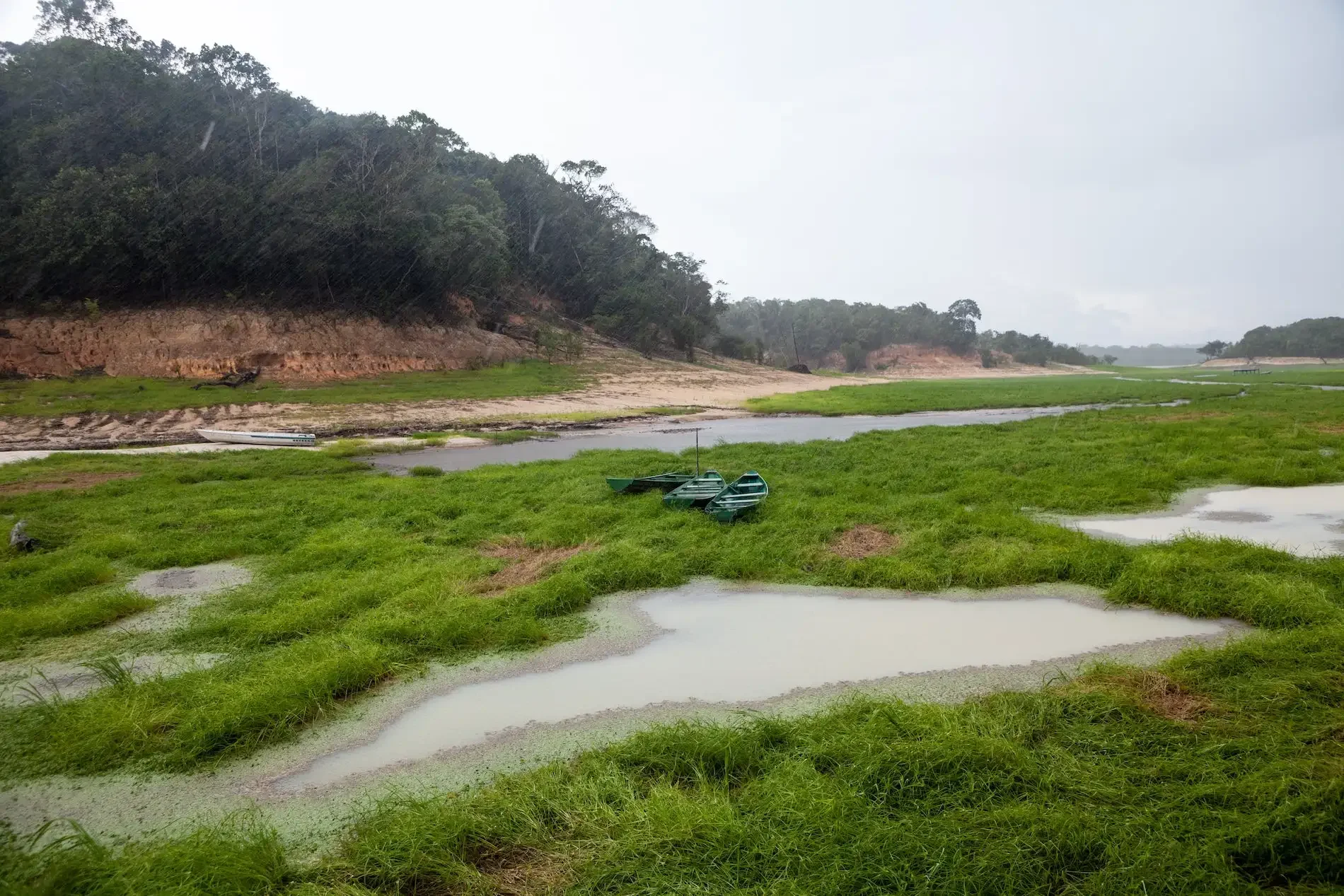
How did Transway specifically deal with the effects of the Amazon drought?
The critically low water levels had a direct impact on the operation of container ships. The port of Manaus thus became inaccessible for the ships that usually operate there. As early as the end of October 2023, we received reports from shipping companies that they had to significantly adjust their operating procedures. The situation forced them, and therefore us as a freight forwarder, to react quickly and take adaptive measures.
As the Manaus shuttle service had to be temporarily suspended, logistics routes had to be rethought. Freight destined for Manaus inevitably had to be unloaded at other ports and temporarily stored there, without any precise information on forwarding or schedules being available at first. For containers already on the water or at the quay, the shipping companies offered various options, including free change of destination (COD) under certain conditions.
In response to the low water level, the shipping companies also levied a “low water surcharge”. This is a low water surcharge to compensate for the increased operating costs caused by detour, longer transport routes and possibly the use of alternative means of transport. For freight forwarders and logistics customers, this meant adjusting to higher costs and changes in delivery times.
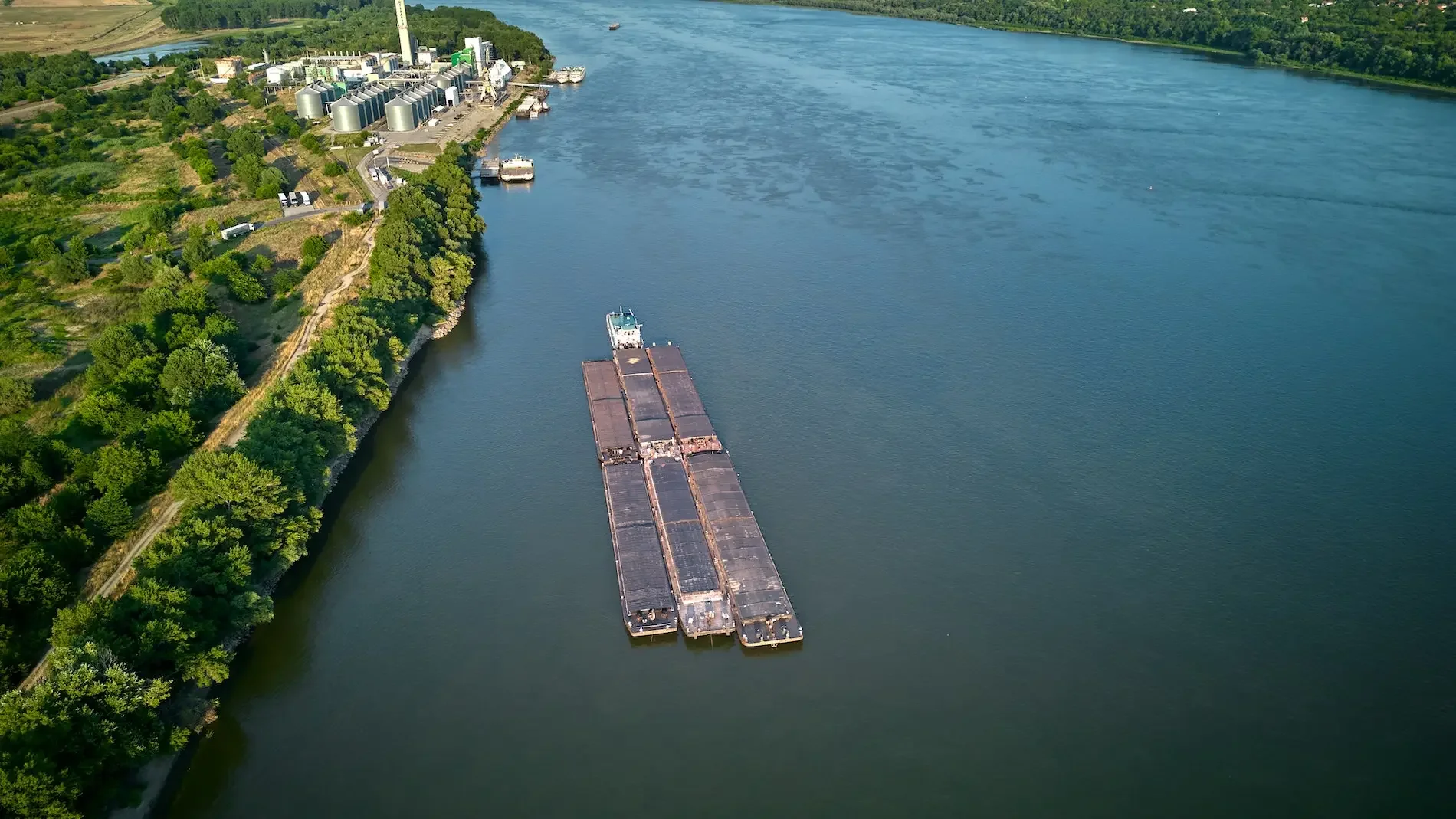
In view of the unpredictability of the drought situation and the associated delays, the shipping companies also offered “Delay in Transit” (DIT) options. These allow cargo to be stored at a stopover until onward transportation is possible. They offer a flexible solution for situations in which the originally planned transport route is no longer feasible, as in the specific case of the inaccessibility of the port of Manaus. The DIT options allowed the cargo to be kept moving, limiting the inconvenience and costs that could arise from further delays.
In this challenging situation, barges were also used as an adaptive measure. Barges are flat-bottomed vessels that are particularly suitable for shallow waters. They can navigate in areas that have become inaccessible to larger container ships. The use of barges made it possible to pick up cargo from larger ships that had to anchor in deeper waters and transport it to the now accessible berths. This process, known as transshipment, was crucial to maintaining the logistical chain and securing supplies to the region - despite the adverse conditions.
Conclusion: sustainability and resilience are in demand
The situation in the Amazon could not make it clearer to us that, as an international sea freight forwarder, we are not just part of a global economic chain, but are also directly dependent on the functioning of a global ecosystem. Our decisions and actions have a direct impact on the environment and vice versa. The water shortage in the Amazon is not a distant, isolated event. The impact of drought on trade illustrates the inextricable link between the environment, the economy and the need for sustainable practices. In the short term, it leads us to find equally short-term solutions to current challenges. In this specific case, these could be alternative transportation methods or expanded logistics networks to remain flexible.
In the medium to long term, however, it will be essential for all players in the logistics industry to rethink their role and responsibility in a globally networked ecosystem, use more environmentally friendly, efficient technologies and thus make their business models more climate-resilient. Ultimately, however, the transport sector must also look beyond industry boundaries and further strengthen partnerships with local players and global organizations in order to better understand the challenges in different regions of the world and develop solutions for them. Only in this way can we ensure that our business can operate successfully and responsibly not only today, but also in a constantly changing world of tomorrow.




